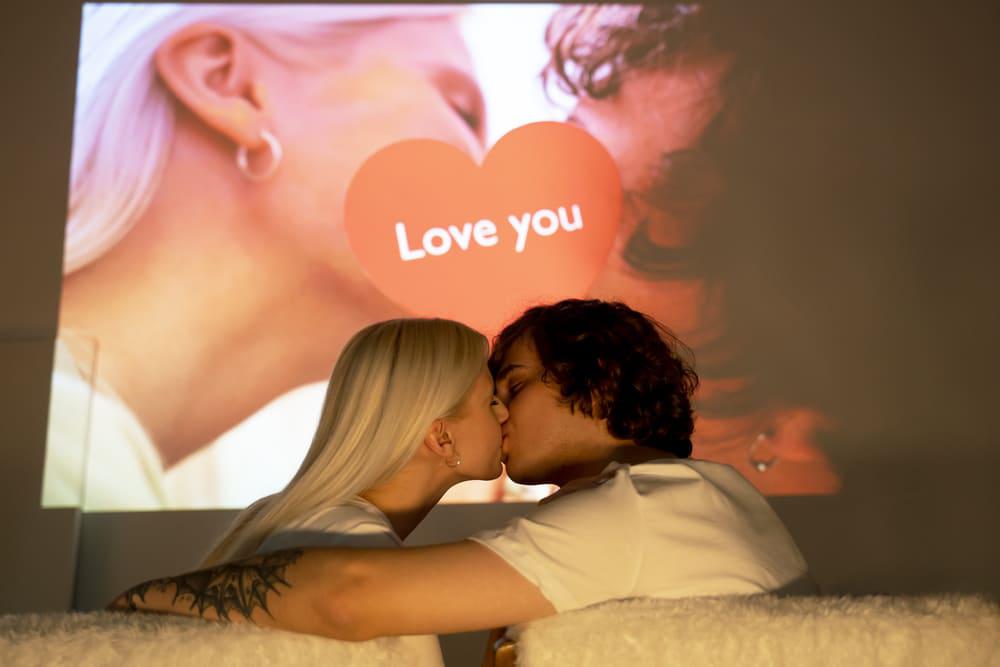Your video's success isn't just about production quality—it's about hacking the human brain 🧠. Research shows 65% of viewers decide whether to keep watching within the first 3 seconds (Google Video Trends 2024). Let's explore the psychological triggers that make videos go viral and keep audiences hooked until the very end.

The Attention Economy: How to Win the First 10 Seconds
Brain Science Behind Video Hook Rates
| Psychological Trigger | Implementation | Effectiveness |
|---|---|---|
| Curiosity Gap | Pose unanswered questions | 72% higher retention |
| Emotional Shock | Unexpected visuals/sounds | 3.2x shares |
| Social Proof | Show crowd reactions | 58% more trustworthy |
Case Study: MrBeast's "$1 vs $1,000,000 Hotel Room" opens with him screaming—triggering startle reflex attention that retains 89% of viewers past 30 seconds 🎢.
🔗 See viral examples at ViralHookDatabase.com
The 3-Second Rule: What Neuroscience Reveals
Our brains process video content differently than other media:
Visual Processing Hierarchy
- Movement (Peripheral vision detects first)
- Faces (Especially eyes looking at camera) 👀
- Colors (High contrast > muted tones)
Proven Tactics:
- First frame should have:
- A person making eye contact 👁️
- Bright color splash 🎨
- Subtle motion (even text animation)
Data Insight: Videos with direct eye contact gain 42% more watch time (MIT Media Lab 2024).
Emotional Triggers That Drive Sharing
Not all emotions are created equal when it comes to virality:
Emotion Impact Scale
| Emotion | Sharing Likelihood | Example |
|---|---|---|
| Awe | 4.8x baseline | NASA spacewalks |
| Anger | 3.1x | Political exposes |
| Joy | 2.7x | Baby/pet videos |
| Sadness | 1.2x | Charity stories |
Surprise Finding: Videos eliciting multiple emotions (e.g., happy tears) perform 6x better than single-emotion content (Yale Emotion Study 2024).
The Power of Story Arcs in Viewer Retention
Our brains are wired for narrative structures:
Optimal Video Story Structure
0:00-0:07 - Hook (Conflict/Question) ❓
0:08-0:45 - Rising tension 📈
0:46-1:30 - Payoff (Solution) 💡
1:31-end - Call-to-action (Cliffhanger) 🎯
TikTok Proved It: Videos using this exact structure have 83% higher completion rates, even for 3-minute videos (TikTok Creator Data 2025).
💡 Tool Suggestion: Use StoryBeat.ai to analyze your video's emotional arc
Color Psychology: What Your Palette Communicates
Different hues trigger subconscious reactions:
Color Impact on Viewer Behavior
| Color | Psychological Effect | Best For |
|---|---|---|
| 🔴 Red | Urgency/Excitement | Limited offers |
| 🔵 Blue | Trust/Stability | Corporate videos |
| 🟢 Green | Growth/Eco-friendly | Sustainability |
| 🟡 Yellow | Optimism | Educational |
Shocking Fact: Simply changing a CTA button from blue to red increased conversions by 34% in video ads (NNGroup Research).
The Sound Design Secret
Audio cues you're probably neglecting:
Brainwave Entrainment Effects
| Sound Type | Frequency | Psychological Impact |
|---|---|---|
| Binaural Beats | 8-12Hz | Heightened focus 🎧 |
| ASMR | Mixed | Relaxation response |
| Sudden Silence | N/A | Attention spike 🔇 |
Viral Example: That "Oh no" TikTok sound works because it:
1. Starts at 3,000Hz (ear's most sensitive range)
2. Drops suddenly (triggering orienting reflex)
3. Lasts 0.8s (perfect memory retention length)
Practical Applications for Creators
Instant Psychological Upgrades
- Face First: Always start with human connection 👋
- Color Code: Match palette to desired emotion 🎨
- Sound Layers: Use 3 audio minimum (voice, music, SFX)
- Pattern Interrupt: Change shots every 3-5 seconds ✂️
Toolkit:
- Canva Emotion Wheel for palettes
- Epidemic Sound for psychological audio
The Future: AI-Powered Psychology
Emerging trends to watch:
- Real-time emotion tracking via webcam (beta in YouTube Studio)
- Dynamic videos that change based on viewer's facial expressions
- Neuro-adaptive music that matches heart rate
Final Thought: As TikTok's algorithm now measures pupil dilation, the next frontier isn't just understanding psychology—it's responding to it in real-time. Are you ready to play mind games? 🎮




